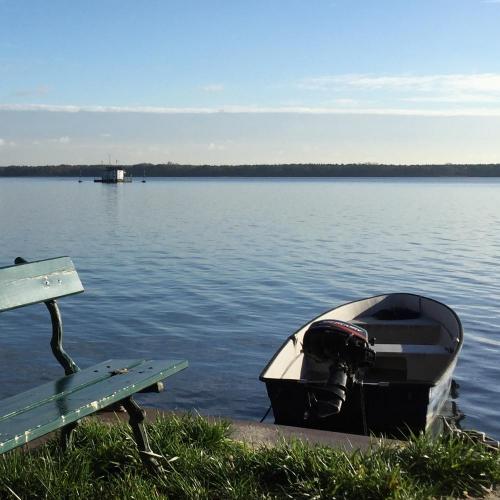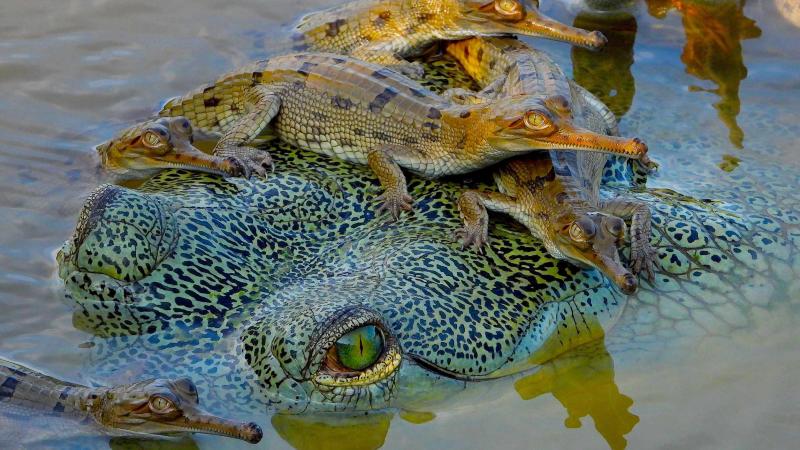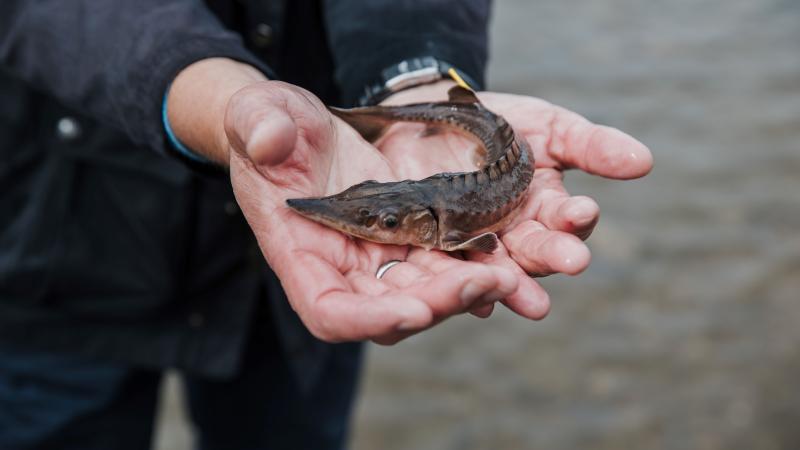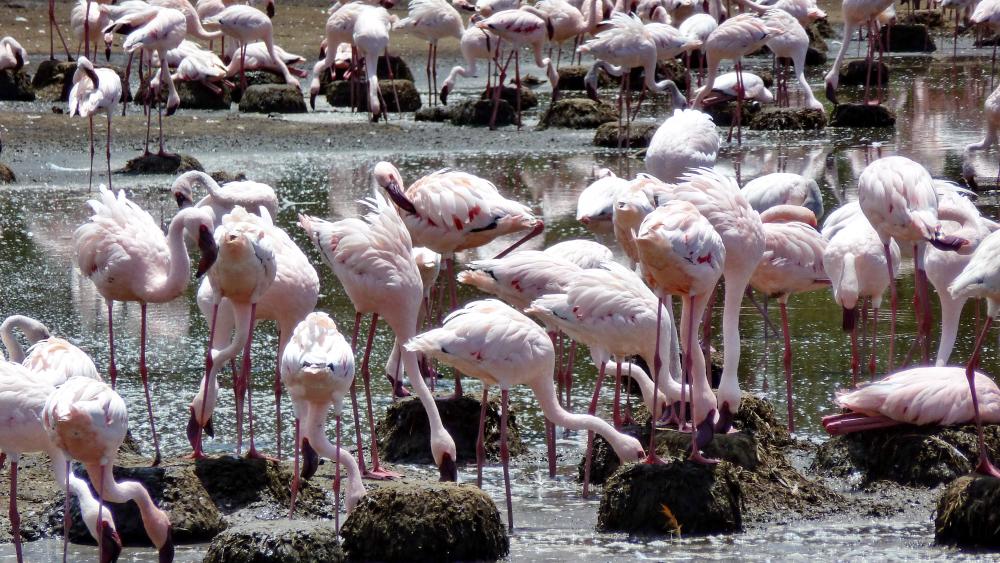
Lesser Flamingos building their volcano-shaped nests at Lake Oloidia in Kenya. | Photo: Lothar Krienitz
Phoenicopteridae, the Phoenix wings, is the scientific name of this species. Flamingos are regarded as the embodiment of the firebird. In different cultures and religions they stand for rebirth and resistance.
There are six different species worldwide, including the Greater and the Lesser Flamingo. Lesser Flamingos (Phoeniconaias minor) are food specialists and and live on cyanobacteria and algae. They are perfectly adapted to the extreme conditions of tropical soda lakes and can even withstand the corrosive effects of brine. Extreme heat, volcanic ash and salt characterize their habitats in eastern and southern Africa as well as in India. However, it is becoming increasingly difficult for these pink birds to find suitable habitats, food and breeding sites, as humans are increasingly disturbing the natural salt lakes.
Lothar Krienitz undertook 33 expeditions to these areas between 2001 and 2015. In his book, he interweaves his personal experiences and observations with the phoenix motif and initiates a reflection on the circle of life. He combines scientific knowledge with biological information, his own travel experiences and a wealth of fascinating images. He reports about the life of the flamingos, about other birds and interesting animals, but also about the people living in these regions.
The book is aimed at readers who are interested in biology and nature as well as Africa and India enthusiasts. It has been published in German and English by Springer Nature.
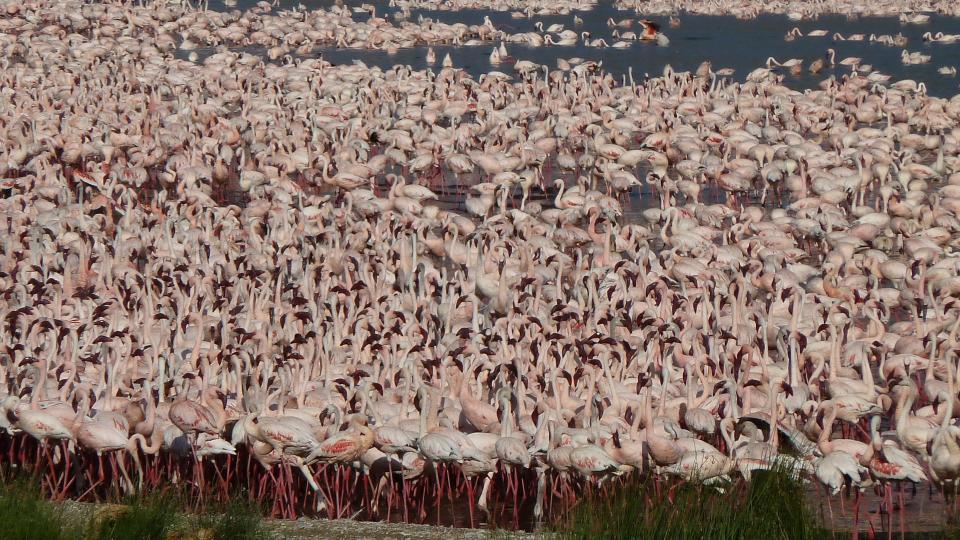
Thousands of Lesser Flamingos gather at Lake Bogoria in Kenya to start their mating ritual. | Photo: Lothar Krienitz
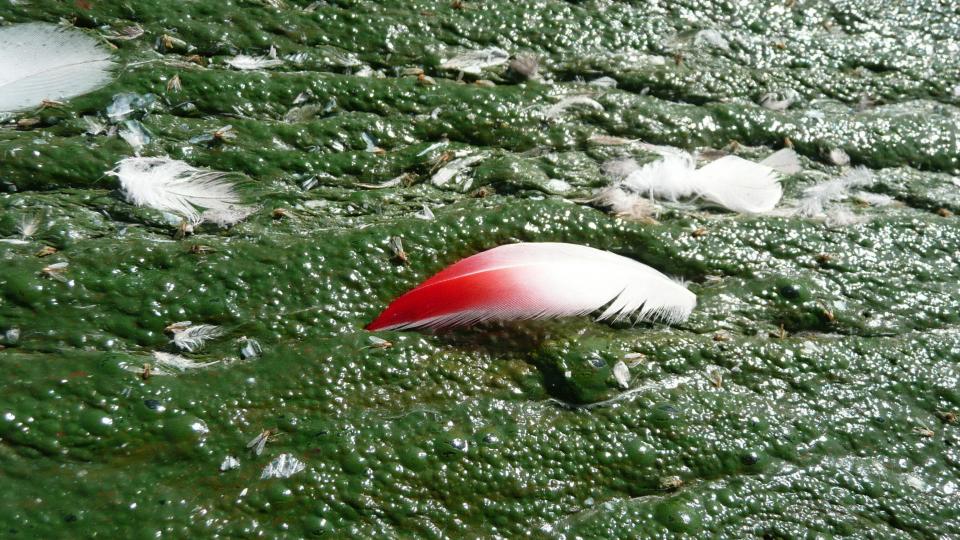
The main food of the Lesser Flamingos is the cyanobacterium Arthrospira. Here a thick layer of blue-green algae can be seen on the water surface of Lake Bogoria (Kenya), and a few flamingo feathers have settled on it. | Photo: Lothar Krienitz
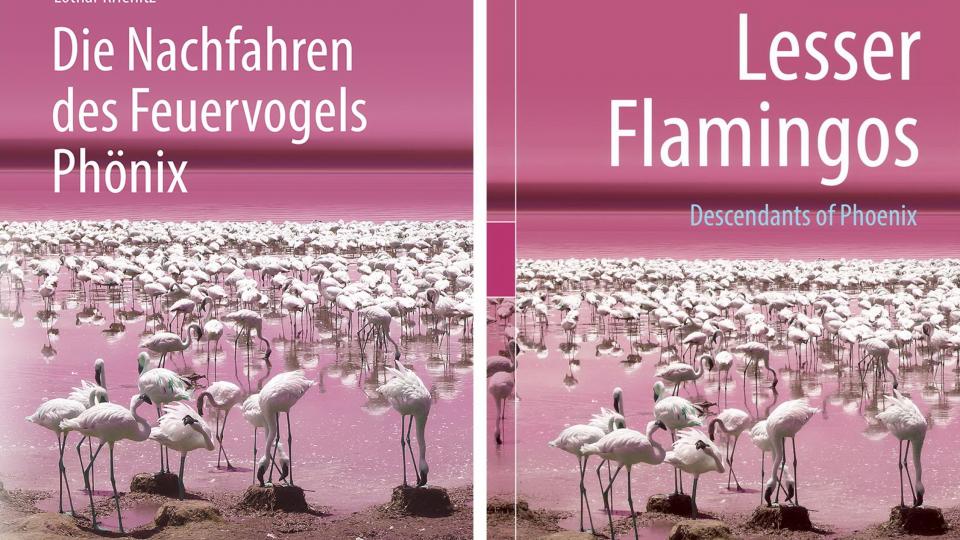
The new book is available in German and English.


